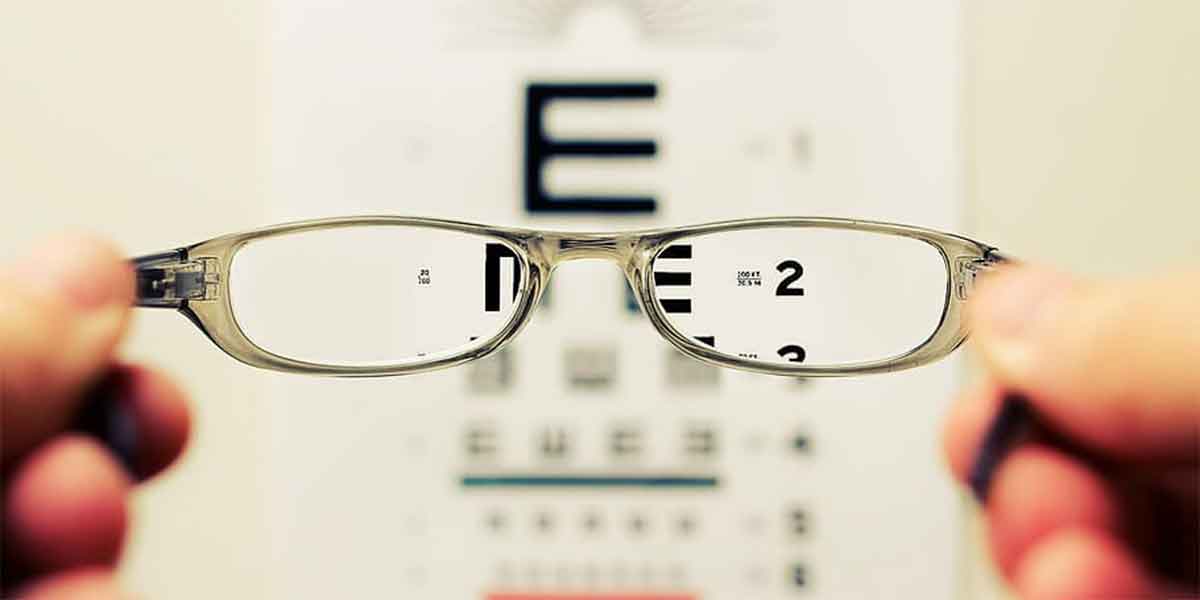Eye contacts, also known as contact lenses, offer a convenient and effective way to correct vision. This comprehensive guide covers everything you need to know about contact lenses, including types, benefits, how to choose the right lenses, and proper care practices.
eye contacts, contact lenses, vision correction, eye care, types of contact lenses, lens care, contact lens safety, vision health, optometrist, ophthalmologist
The Benefits of Wearing Contact Lenses
Improved Vision
Contact lenses provide a more natural vision correction compared to glasses. They conform to the curvature of your eye, offering a wider field of view and less distortion.
Aesthetic Appeal
Contacts allow you to maintain your natural appearance without the obstruction of eyeglass frames. They are particularly beneficial for those who prefer a glasses-free look.
Convenience for Active Lifestyles
For athletes and active individuals, contact lenses offer the freedom to move without the worry of glasses slipping or breaking. They provide stable vision during physical activities and do not fog up like glasses.
Versatility
Contact lenses come in various types to suit different vision needs and lifestyles, including daily disposables, extended wear, and lenses for astigmatism or presbyopia.
Types of Contact Lenses
Soft Contact Lenses
Soft contact lenses are made from flexible, water-absorbing materials called hydrogels or silicone hydrogels. They are comfortable to wear and easy to adapt to.
Daily Disposable Lenses
Daily disposable lenses are designed for single-day use. They are convenient and hygienic, as you use a fresh pair every day, reducing the risk of eye infections.
Bi-Weekly and Monthly Disposable Lenses
These lenses are worn daily and replaced every two weeks or once a month, respectively. They require proper cleaning and storage after each use.
Extended Wear Lenses
Extended wear lenses can be worn continuously for up to 30 days, even while sleeping. They are made from highly breathable materials that allow oxygen to pass through to the cornea, reducing the risk of complications.

Rigid Gas Permeable (RGP) Lenses
RGP lenses are made from durable materials that allow oxygen to pass through to the eye. They provide sharp vision and are particularly effective for correcting astigmatism and other complex refractive errors. Although they may take some time to get used to, they offer long-lasting vision correction and are more resistant to deposits.
Toric Contact Lenses
Toric lenses are designed to correct astigmatism. They have different powers in different meridians of the lens to correct the asymmetry in the eye’s curvature. Toric lenses are available in both soft and RGP materials.
Multifocal and Bifocal Contact Lenses
Multifocal and bifocal lenses are designed for people with presbyopia, a condition that affects near vision as we age. These lenses have multiple zones of power to allow for clear vision at different distances.
Colored Contact Lenses
Colored contact lenses can enhance or change the color of your eyes. They are available in both prescription and non-prescription forms and come in various shades to suit your preference.
Scleral Contact Lenses
Scleral lenses are large-diameter RGP lenses that rest on the sclera (the white part of the eye) and create a tear-filled vault over the cornea. They are used to treat severe dry eyes, keratoconus, and other corneal irregularities.
Choosing the Right Contact Lenses
Assessing Your Vision Needs
Consult with an eye care professional to determine your specific vision correction needs. They will perform a comprehensive eye exam to measure your visual acuity, check for refractive errors, and assess the overall health of your eyes.
Considering Lifestyle Factors
Your lifestyle plays a significant role in choosing the right contact lenses. Consider factors such as your daily activities, hobbies, and the environments you frequently encounter. For example, if you have an active lifestyle, daily disposables or extended wear lenses may be more suitable.
Understanding Lens Materials
Different lens materials offer various benefits. Silicone hydrogel lenses provide high oxygen permeability, reducing the risk of complications. Hydrogel lenses are softer and may be more comfortable for some users. RGP lenses offer excellent optical clarity and durability but may require an adjustment period.
Evaluating Comfort and Fit
Comfort and fit are crucial for successful contact lens wear. Your eye care professional will perform a fitting to ensure the lenses sit correctly on your eyes and provide optimal vision correction. They will also teach you how to insert, remove, and care for your lenses.

Caring for Your Eye Contacts
Cleaning and Disinfecting
Proper cleaning and disinfecting of contact lenses are crucial to prevent eye infections and maintain eye health. Always use the recommended contact lens solution and follow the manufacturer’s instructions for cleaning and storing your lenses.
Avoiding Water Contact
Do not expose your contact lenses to water, including tap water, swimming pools, or hot tubs, as it can introduce harmful microorganisms that can cause eye infections.
Replacing Lenses on Schedule
Follow the recommended replacement schedule for your contact lenses. Wearing lenses beyond their intended lifespan can lead to discomfort and increase the risk of eye infections.
Regular Eye Check-ups
Schedule regular check-ups with your eye care professional to monitor your eye health and ensure your contact lenses are still fitting properly and meeting your vision needs.
Addressing Common Issues with Eye Contacts
Dry Eyes
Dry eyes are a common issue for contact lens wearers. Using lubricating eye drops designed for contact lenses can help alleviate dryness. Additionally, choosing lenses with high moisture retention, such as those with LACREON or HydraLuxe Technology, can improve comfort.
Lens Discomfort
If you experience discomfort while wearing contact lenses, it may be due to an improper fit, dry eyes, or incorrect handling. Ensure you follow the fitting instructions provided by your eye care professional and handle your lenses with care.
Blurred Vision
Blurred vision can occur if your lenses are dirty, damaged, or if your prescription has changed. Regular cleaning and replacing your lenses as prescribed can help maintain clear vision. If you continue to experience blurred vision, consult your eye care professional.
Comparing Contact Lenses to Glasses
Advantages of Contact Lenses
- Natural Vision: Contact lenses conform to the shape of your eye, providing a more natural field of view without the frame obstructions of glasses.
- Aesthetic Appeal: Contacts allow you to maintain your natural appearance without the obstruction of eyeglass frames.
- Convenience for Activities: Contacts are ideal for sports and physical activities, providing stable vision without the risk of glasses slipping or breaking.
Advantages of Glasses
- Ease of Use: Glasses are easy to put on and take off, with no need for the cleaning and handling required for contacts.
- Eye Health: Glasses do not touch the eye, reducing the risk of eye infections and irritation.
- Fashion Accessory: Glasses can be a stylish accessory, allowing you to express your personal style.

Deciding Between Contacts and Glasses
The choice between contacts and glasses depends on your lifestyle, vision needs, and personal preferences. Some people use both, wearing contacts during active days and glasses at home or in the evening.
Innovations in Contact Lens Technology
Silicone Hydrogel Lenses
Silicone hydrogel lenses are a significant advancement in contact lens technology. They allow more oxygen to reach the cornea, reducing the risk of complications and providing greater comfort for extended wear.
Daily Disposable Lenses
Daily disposable lenses offer the ultimate convenience and hygiene. With no need for cleaning and storage, they are ideal for people with busy lifestyles or those prone to allergies.
Smart Contact Lenses
Research is ongoing in the development of smart contact lenses that can monitor health conditions such as glucose levels in people with diabetes or provide augmented reality displays. These lenses have the potential to revolutionize eye care and offer new functionalities.
Multifocal Lenses with Enhanced Designs
Modern multifocal lenses have improved designs that provide better vision at all distances. These lenses use advanced optics to create multiple focal points, allowing for clear vision without the need for reading glasses.
Conclusion
Contact lenses offer a versatile and effective solution for vision correction, providing numerous benefits over traditional glasses. From daily disposables to specialized lenses for astigmatism and presbyopia, there is a wide range of options to suit individual needs. Proper care and regular check-ups are essential to ensure the health and safety of your eyes while wearing contact lenses. For expert guidance on choosing the right contact lenses and maintaining optimal eye health, visit your eye care professional.
For more information on contact lenses, visit the Contact Lens Society of America.
Explore the latest advancements in contact lens technology at Contact Lens Spectrum.
Learn about proper lens care and eye health from the American Optometric Association.

